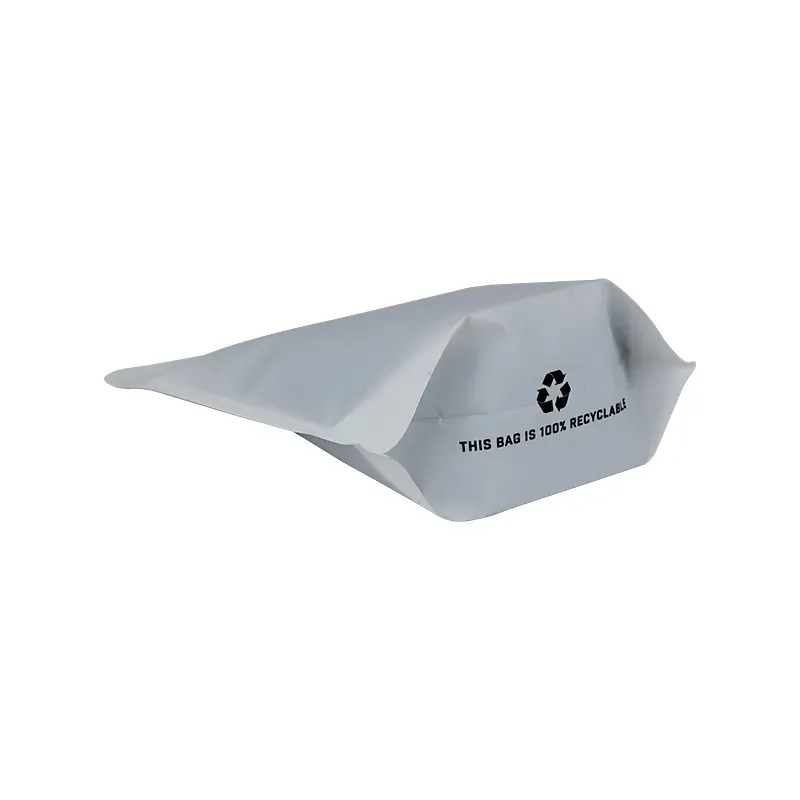- Afrikaans
- Albanian
- Amharic
- Arabic
- Armenian
- Azerbaijani
- Basque
- Belarusian
- Bengali
- Bosnian
- Bulgarian
- Catalan
- Cebuano
- chinese_simplified
- chinese_traditional
- Corsican
- Croatian
- Czech
- Danish
- Dutch
- English
- Esperanto
- Estonian
- Finnish
- French
- Frisian
- Galician
- Georgian
- German
- Greek
- Gujarati
- haitian_creole
- hausa
- hawaiian
- Hebrew
- Hindi
- Miao
- Hungarian
- Icelandic
- igbo
- Indonesian
- irish
- Italian
- Japanese
- Javanese
- Kannada
- kazakh
- Khmer
- Rwandese
- Korean
- Kurdish
- Kyrgyz
- Lao
- Latin
- Latvian
- Lithuanian
- Luxembourgish
- Macedonian
- Malgashi
- Malay
- Malayalam
- Maltese
- Maori
- Marathi
- Mongolian
- Myanmar
- Nepali
- Norwegian
- Norwegian
- Occitan
- Pashto
- Persian
- Polish
- Portuguese
- Punjabi
- Romanian
- Russian
- Samoan
- scottish-gaelic
- Serbian
- Sesotho
- Shona
- Sindhi
- Sinhala
- Slovak
- Slovenian
- Somali
- Spanish
- Sundanese
- Swahili
- Swedish
- Tagalog
- Tajik
- Tamil
- Tatar
- Telugu
- Thai
- Turkish
- Turkmen
- Ukrainian
- Urdu
- Uighur
- Uzbek
- Vietnamese
- Welsh
- Bantu
- Yiddish
- Yoruba
- Zulu
Exploring the Benefits and Techniques of Freeze Drying for Liquid Preservation
Understanding Freeze Drying of Liquids A Comprehensive Overview
Freeze drying, also known as lyophilization, is a sophisticated preservation technique widely used in various fields, including pharmaceuticals, food technology, and biotechnology. This process involves removing moisture from a liquid substance while maintaining its structural integrity and biological activity, making it invaluable for preserving sensitive materials.
The Freeze Drying Process
The freeze drying process consists of three primary phases freezing, primary drying (sublimation), and secondary drying (desorption).
1. Freezing The first step involves cooling the liquid to a temperature below its freezing point, typically between -40°C to -80°C. This rapid freezing converts the liquid into a solid state, creating ice crystals. The rate of cooling is essential, as it influences the size of the ice crystals formed. Smaller crystals are desirable because they promote a more efficient drying process and preserve the structure of the product.
2. Primary Drying (Sublimation) Once the material is frozen, the pressure is reduced, and heat is applied to facilitate sublimation. Sublimation is the process where ice transitions directly from a solid state to vapor without becoming liquid. This step is critical, as it removes approximately 95% of the moisture content. The efficiency of sublimation depends on various factors, including the temperatures, vacuum level, and the sublimation characteristics of the material being processed.
3. Secondary Drying (Desorption) After sublimation, a small amount of moisture may still remain in the product, which can affect its stability and longevity. During secondary drying, the temperature is gradually increased to remove this residual moisture. This phase is crucial for ensuring the product is thoroughly dried, enhancing its shelf life and preventing degradation.
Applications of Freeze Drying
Freeze drying is particularly beneficial in an array of applications
freeze drying liquids

- Pharmaceuticals Lyophilization is extensively used for the preservation of sensitive biological products like vaccines, hormones, and antibiotics. By removing moisture, freeze drying ensures that these substances remain stable and effective over time.
- Food Industry Freeze dried foods have gained popularity due to their lightweight nature, extended shelf life, and retention of nutrients and flavors. Common products include freeze dried fruits, vegetables, and coffees, which maintain their original textures and tastes.
- Biotechnology Lab reagents, proteins, and enzymes are often freeze-dried to ensure longevity and usability in various experiments and applications.
Benefits of Freeze Drying
One of the primary advantages of freeze drying is its ability to maintain the physical and chemical properties of sensitive materials. Unlike conventional drying methods, which may cause degradation or loss of flavor, freeze drying helps preserve the integrity of the structure and bioactivity. The process also ensures that products are lightweight and easy to transport, making it ideal for military rations, outdoor adventurers, and emergency preparedness supplies.
Considerations and Challenges
Despite its numerous advantages, freeze drying is not without challenges. The process can be time-consuming and energy-intensive, requiring specialized equipment that may involve significant upfront costs. Additionally, not all materials are suitable for freeze drying; some may undergo changes during the process that can compromise their efficacy or safety.
Conclusion
Freeze drying of liquids is a remarkable technique that offers significant advantages across various industries. By effectively removing moisture while preserving the integrity of sensitive products, freeze drying enhances stability and extends shelf life. As technology advances, we can expect further improvements in freeze drying processes, making them even more efficient and accessible for a wider range of applications. Whether in pharmaceuticals, food preservation, or biotechnology, freeze drying remains a pivotal technique in the realm of material preservation.













